Island Peak is Nestled in the heart of the magnificent Everest Region in Nepal, so it’s basically important to understand about Island Peak Permit as you are trekking to one of the most adventures region in the world. Island Peak stands as an enticing challenge for adventure seekers and mountaineering enthusiasts.

And a chance to conquer one of Nepal’s most popular trekking peaks. However, before setting foot on this thrilling expedition, it is essential to familiarize yourself with the permits required for the Island Peak trek. In this blog post, we will guide you through the necessary permits to ensure a seamless and legally compliant adventure.
Trekking Agency and Guide
To obtain an Island Peak Permit, climbers must go through a registered trekking agency based in Nepal. These agencies handle the permit application process, arrange logistics, and provide experienced climbing guides. Engaging a local agency ensures compliance with regulations and helps support the local economy.
Preparing for the Island Peak Permit Application
Before applying for a climbing permit, climbers need to gather the necessary documents and information.
Also Read: Learn Everything about Langtang Trek Permits
This typically includes a valid passport, a completed application form, a passport-sized photograph, a detailed climbing itinerary, proof of insurance coverage, and a recommendation letter from the trekking agency.
Permit Fees and Duration
Island Peak climbing permits are subject to fees set by the Nepal Mountaineering Association (NMA). The cost may vary depending on the season, group size, and nationality of the climber. The permit is typically valid for a specified duration, which is usually around a month, allowing ample time for acclimatization, trekking, and summit attempts.
The prices of permits are more expensive during the spring and autumn season since these are the best season for mountaineering. The prices are as follows:
- Spring season (March, April, and May): $250 Per Person for foreigners and 4000 NRS for Nepalese.
- Autumn season (September, October, and November): $125 per person for foreigners and 2000 NRS for Nepalese.
- Winter season (December, January, and February): $70 per person for foreigners and 1000 NRS for Nepalese.
- Summer season (June, July, and August): $70 per person for foreigners and 1000 NRS for Nepalese.
Restricted Areas and Additional Permits
Some areas along the route to Island Peak, such as the Everest Base Camp and Cho La Pass, fall under the restricted zone. Climbers are required to obtain additional permits, such as the Sagarmatha National Park entry permit and the TIMS (Trekkers’ Information Management System) card, for these regions. The TIMS permit is around 1000 NRS per person, this can also differ per season. The prices for the permits of the parks differ per area. Most times the prices are somewhere between 2000 and 4000 NRS.
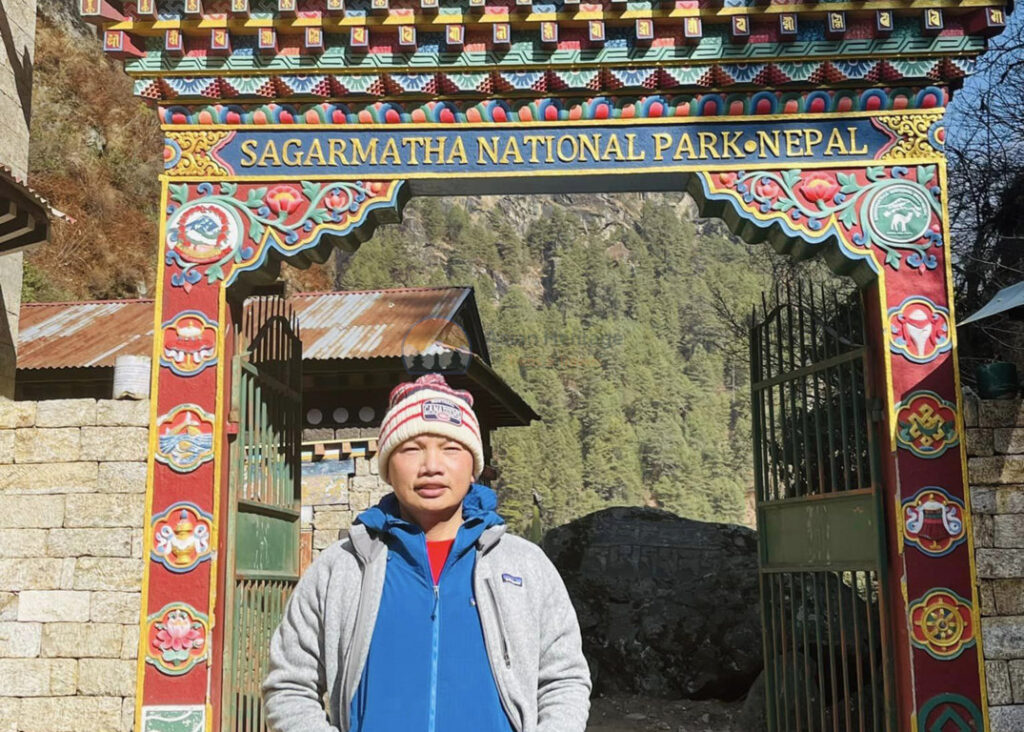
When booking with an agency these prices are all included in the packages already. Besides that, the company will make sure you have all the necessary and right papers. This can save you time and issues at the checkpoints.
Trekking Information Management System (TIMS) Card
The first permit you’ll need for the Island Peak trek is the Trekking Information Management System (TIMS) card. TIMS was introduced to ensure the safety and security of trekkers in the Everest region. It helps in maintaining a record of trekkers’ details and provides necessary assistance during emergencies.
The TIMS card can be obtained from the Nepal Tourism Board (NTB) in Kathmandu or the TIMS counter in Pokhara. You will need to provide your personal information, and itinerary, and pay the requisite fee to obtain the TIMS card.
Sagarmatha National Park Entry Permit
The Sagarmatha National Park is a UNESCO World Heritage site and a significant part of the Everest Region. To enter the park, you must obtain the Sagarmatha National Park Entry Permit.
Popular: Everest Base Camp Trek Permits: What You Need to Know
The permit can be obtained from the Nepal Tourism Board in Kathmandu or the Nepal Tourism Board office in Monjo, the entrance gate of the national park. The fee for the entry permit varies for foreigners and SAARC nationals.
Climbing Permit
Climbers are required to obtain a climbing permit from the Nepal Mountaineering Association (NMA). The permit is mandatory for anyone attempting to climb Island Peak.

You will need to provide detailed information about your climbing itinerary, and climbing experience, and pay the necessary fee. It is advisable to hire a licensed climbing guide or a local agency to assist you. They can make it easier to get the right permits.
Additional Permits
Depending on the specific route chosen for the Island Peak trek, you may require additional permits. For instance, if you plan to traverse through the Gokyo Valley or Cho La Pass.
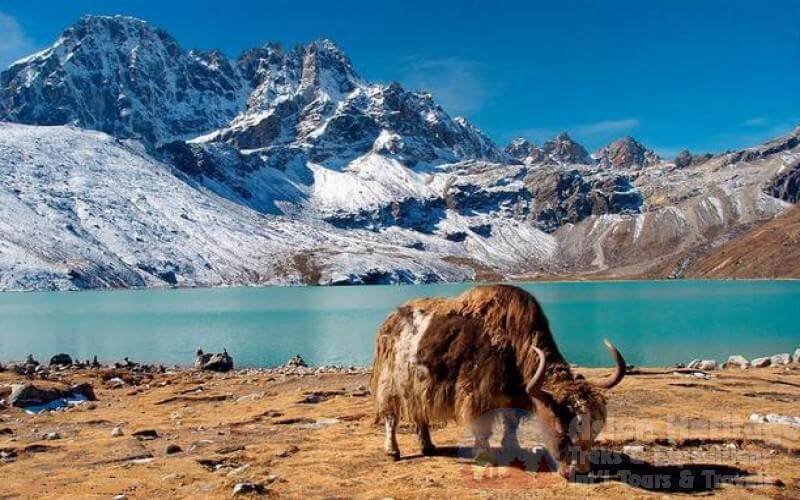
Then you will need a Gokyo and Renjo La Pass Permit. These permits can be obtained from the Sagarmatha National Park entrance gate.
Highlights of Island Peak
Nestled amidst the majestic Himalayas, Island Peak (Imja Tse) stands as an alluring destination for thrill-seekers and mountaineering enthusiasts. This challenging peak, situated in the Everest Region of Nepal, offers a thrilling trekking experience. It will be filled with breathtaking landscapes, cultural encounters, and the ultimate sense of achievement.
Spectacular Himalayan Panoramas
The Island Peak trek treats trekkers to awe-inspiring vistas of the Himalayan range, including some of the world’s highest peaks. As you traverse through the Everest Region, you’ll be rewarded with breathtaking views of iconic giants like Everest (8,848m/29,029ft), Lhotse (8,516m/27,940ft), Nuptse (7,861m/25,791ft), and Ama Dablam (6,812m/22,349ft).

The sight of these majestic peaks against the backdrop of pristine alpine landscapes. This will leave you speechless and provide a constant reminder of the sheer grandeur of nature.
Cultural Encounters
The Island Peak trek offers an opportunity to immerse yourself in the rich Sherpa culture and traditions. these have thrived in this region for centuries. Along the trail, you’ll pass through traditional Sherpa villages, such as Namche Bazaar and Dingboche.

Here you can interact with friendly locals, explore monasteries, and gain insights into their way of life. Sherpas, renowned for their mountaineering prowess, will inspire you with their warm hospitality and fascinating stories of Himalayan expeditions.
Challenging Yet Rewarding Climbing Experience
Ascending Island Peak is undoubtedly the highlight of the trek, offering a taste of mountaineering adventure. With proper training and guidance from experienced climbing guides, you can embark on this exhilarating journey. The climb includes sections of challenging rock and ice, demanding technical skills and physical stamina.
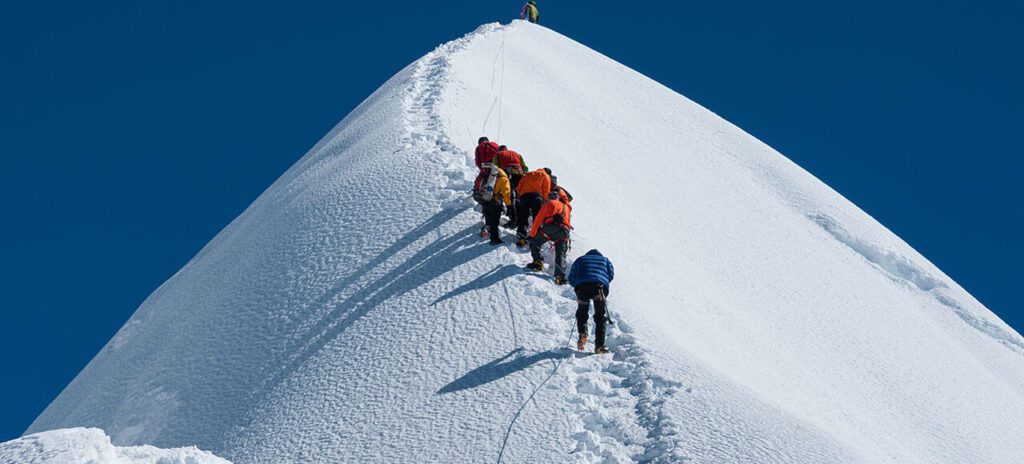
As you navigate steep slopes and negotiate crevasses, each step brings you closer to the summit. Finally, standing atop Island Peak (6,189m/20,305ft) and taking in the panoramic views of the surrounding peaks. This is an unforgettable moment of triumph and accomplishment.
Scenic Glacial Lakes
En route to Island Peak, trekkers will encounter stunning glacial lakes that add a touch of serenity to the rugged mountain landscape. The trail passes by the beautiful turquoise waters of Gokyo Lakes, a series of high-altitude lakes that reflect the towering peaks on their tranquil surface.

These shimmering lakes, nestled amidst pristine alpine valleys, provide a serene setting for trekkers to rest, rejuvenate, and soak in the surreal beauty of the Himalayas.
Unique Flora and Fauna
The Everest Region is home to a diverse range of flora and fauna, making the trek to Island Peak a treat for nature lovers. The lower valleys are adorned with lush rhododendron forests, vibrant wildflowers, and towering pine trees.
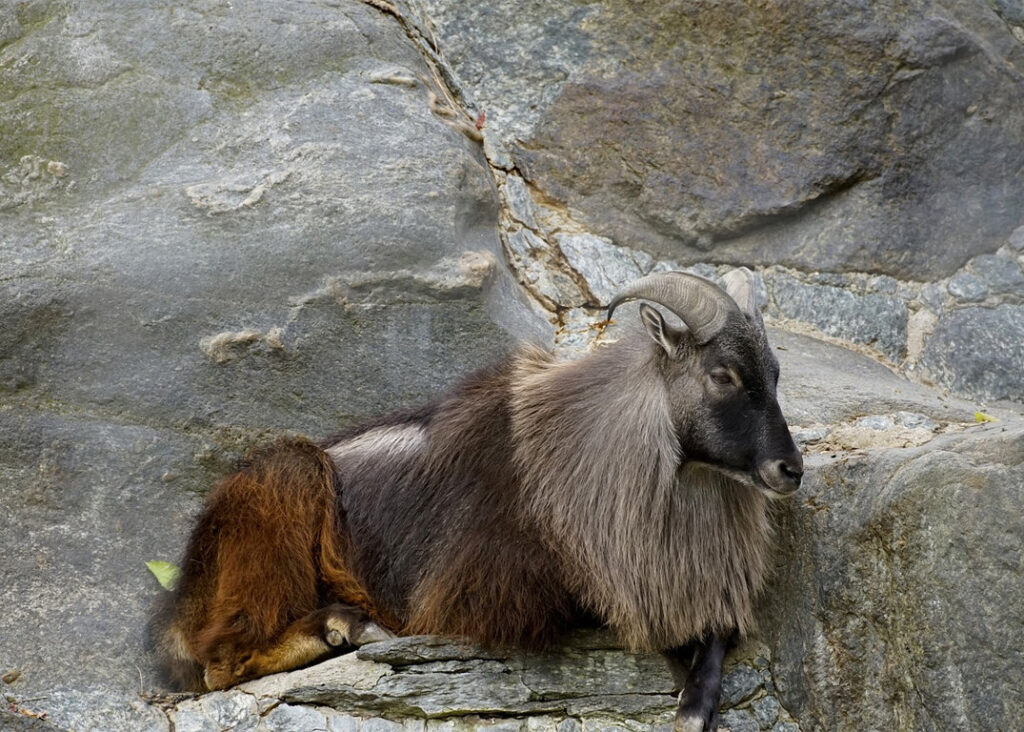
You may also spot elusive Himalayan wildlife, including musk deer, snow leopards, and Himalayan thars. The region’s biodiversity adds an extra layer of enchantment to the trek, creating unforgettable encounters with nature along the way.
Challenges Island peak
Embarking on the Island Peak trek is an exciting and challenging endeavor. It attracts adventurous souls seeking to conquer one of Nepal’s most popular trekking peaks. Before venturing into this thrilling journey, it is crucial to understand the difficulty level. Prepare yourself both physically and mentally.
We will explore the factors that contribute to the difficulty of the Island Peak trek. And provide insights to help you assess whether you’re ready for this exhilarating adventure.
High Altitude
One of the primary challenges of the Island Peak trek is the high altitude you will encounter throughout the journey. Island Peak stands at an impressive elevation of 6,189 meters (20,305 feet). As you ascend, the air becomes thinner, and the oxygen levels decrease, leading to altitude-related challenges such as altitude sickness.
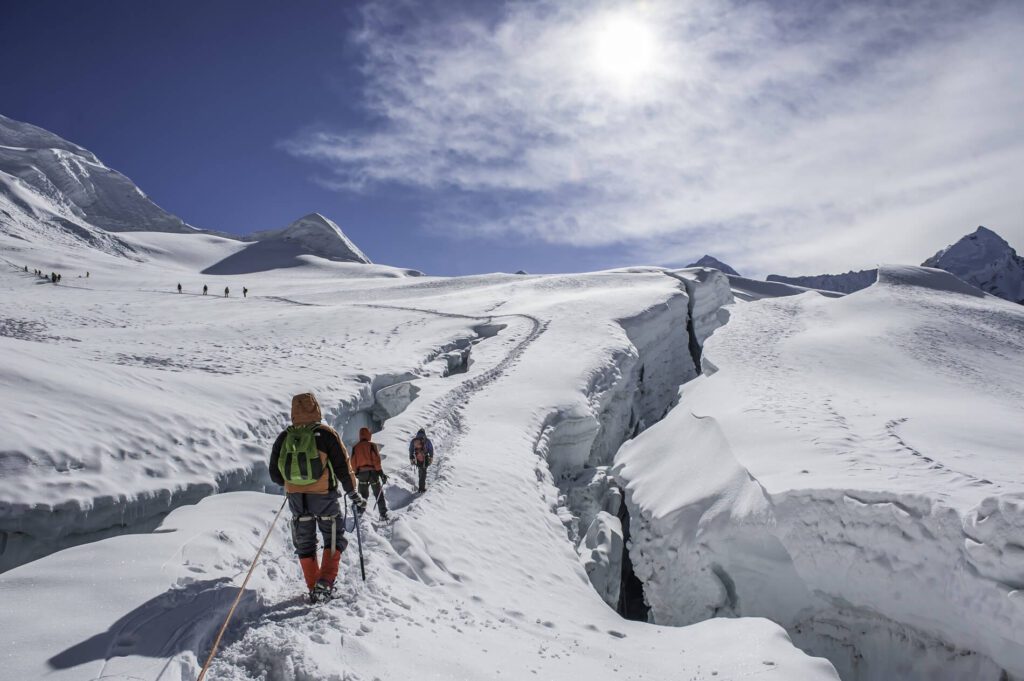
Proper acclimatization, gradual ascent, and listening to your body are essential to minimize the risks associated with high altitude.
Technical Climbing Skills
Island Peak is considered a trekking peak, but it involves technical climbing sections. The climb to the summit requires basic mountaineering skills, including using crampons, harnesses, ropes, and ice axes.
Prior experience in using these tools, as well as knowledge of rope techniques, glacier travel, and rock climbing, will greatly enhance your safety and confidence on the mountain. It is highly recommended to have some prior mountaineering experience or to undergo proper training with experienced guides.
Weather and Terrain
The Everest Region is known for its unpredictable weather conditions and rugged terrains. The trek to Island Peak involves traversing moraines, steep slopes, and glaciers. The weather can change rapidly, with snowfall, strong winds, and low temperatures.
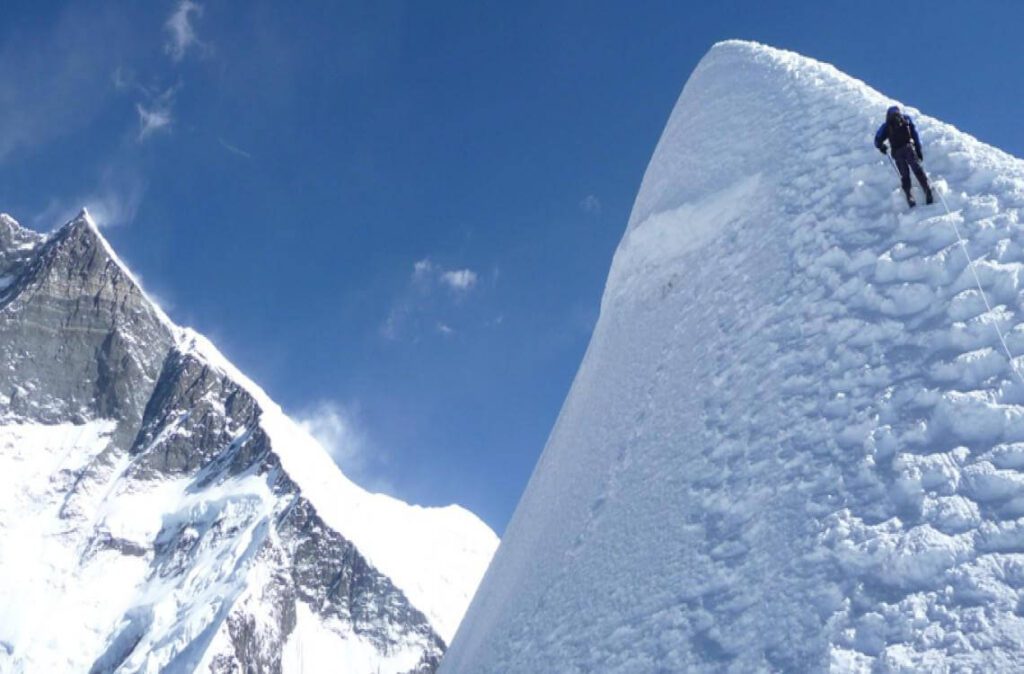
The challenging terrain, combined with varying weather patterns, demands physical strength, agility, and mental resilience.
Duration and Endurance
The Island Peak trek is not a short excursion. It typically takes around 18 to 20 days to complete the entire trek, including acclimatization days, which are crucial for your safety and well-being. The daily trekking distances can range from 4 to 8 hours, and the cumulative physical exertion can be demanding. Building your endurance through regular cardiovascular exercises and strength training prior to the trek is vital.
Remote and Basic Facilities
The Everest Region is a remote and rugged area with limited infrastructure. Tea houses and lodges along the trekking route provide basic accommodations and meals, but the facilities may be simple and basic. The lack of luxuries and amenities requires adaptability and a prepared mindset for a more rustic experience.







